The team at Bjarke Ingels Group has designed an airport for Bhutan’s Mindfulness City that resembles a work of art: innovatively built from timber and refined with local craftsmanship, the Gelephu International Airport is set to offer unique travel experiences.
What happens when a master of traditional woodcarving and an AI-powered robot shape a six-meter-long beam together? Visitors to the 19th Architecture Biennale in Venice in 2025 were already able to marvel at the result: half sculpted by a Bhutanese artist and half by a machine, the wooden piece reveals the duality that will define Bhutan’s new Gelephu International Airport. The renowned Danish architecture firm Bjarke Ingels Group (BIG) is fusing tradition with innovation, showing how technology can preserve and elevate traditional craftsmanship.
Sustainable Design for the Future City
The piece presented in Venice under the title “Ancient Future” can be viewed on-site until September. The full project—the airport being built for Bhutan’s Mindfulness City—will take a few more years. Completion of this segment of the masterplan, designed by BIG, Arup, and Cistri, is expected in 2029. However, it is already clear that the Gelephu International Airport will set a new standard for sustainable, future-oriented architecture.

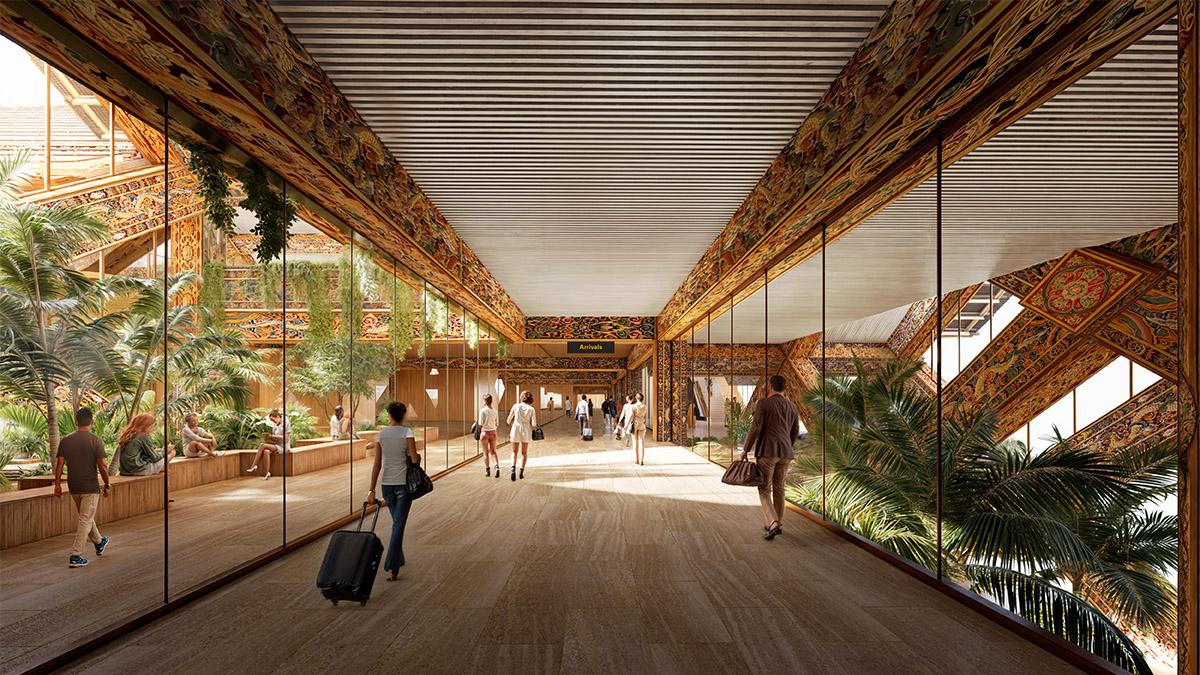
Strategically located near the border between Bhutan and India, the airport is surrounded by lush subtropical forests, mountains, and rivers. It will cover a total area of 68,000 square meters.
Timber Modules Simplify Expansion
The project, developed in collaboration with aviation consultancy NACO, will initially support 123 flights per day, with an annual passenger capacity of 1.3 million by 2040. Designed with future expansion in mind, the airport is projected to serve 5.5 million passengers by 2065.
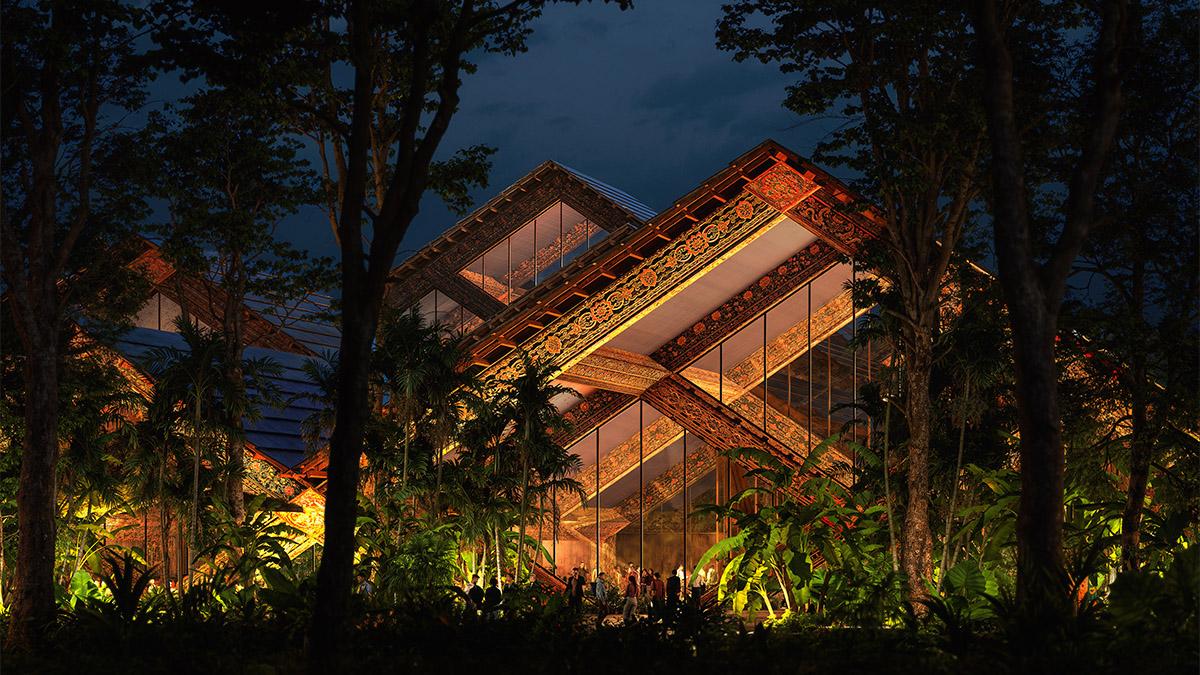
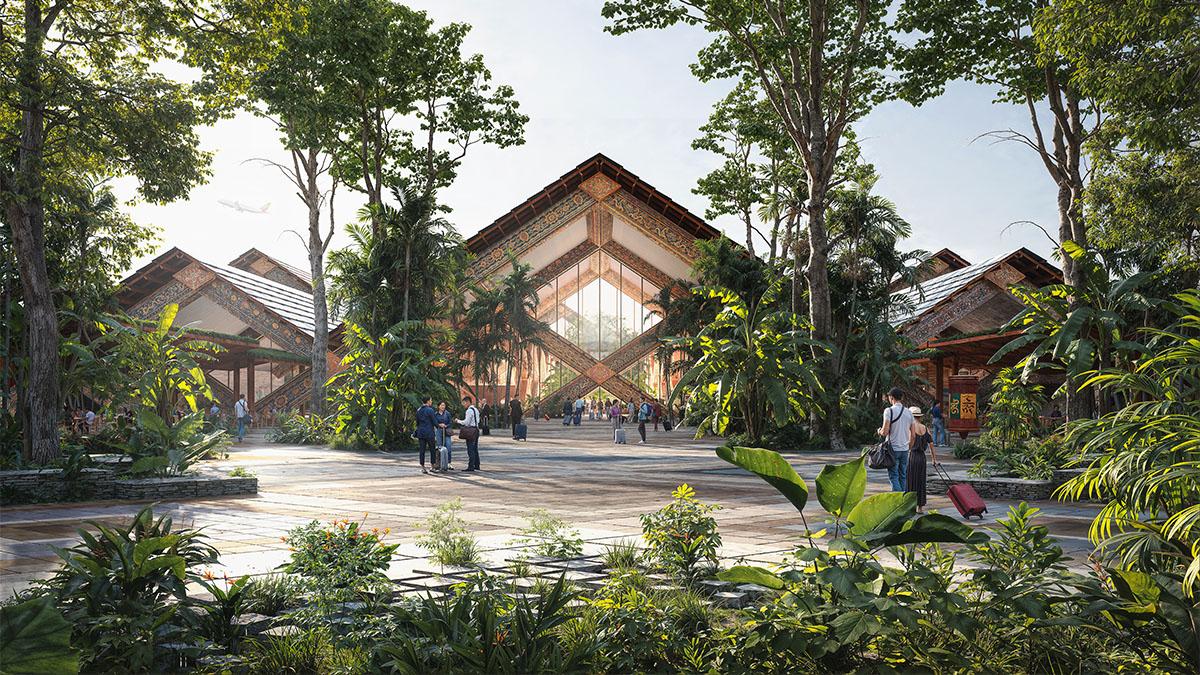
This ambitious undertaking remains fully aligned with the goals of the Mindfulness City—placing sustainability and mindful travel at its heart. A key element of this vision is the modular diagrid structure: constructed from locally and sustainably sourced timber, it will be adorned with traditional Bhutanese carvings and paintings created by local artisans.
Modelled on Ancient Craftsmanship
Inspiration for the painted façade was drawn from traditional wooden pillars known as Kachen, often found in monasteries and temples. Decorated with intricate dragon motifs, they reflect Bhutan’s rich architectural and spiritual heritage.
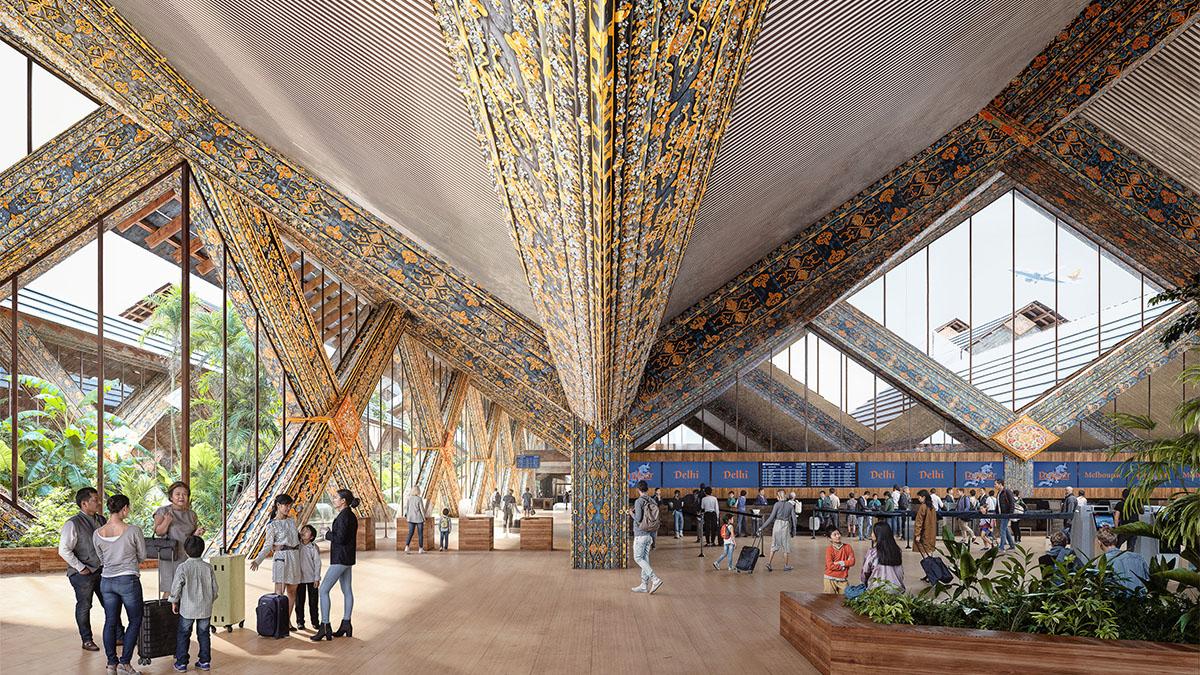
To accommodate projected growth, the timber frames are designed to be structurally independent, making dismantling or extending the terminal effortless. In keeping with Bhutan’s status as a carbon-negative country, the roof will be equipped with photovoltaic panels.
Climate-Ready Timber Design
The timber structure was tailored to the subtropical climate of southern Bhutan. Much like the region’s traditional buildings, the design resists humidity by absorbing moisture from the air, helping to regulate indoor temperatures. Ventilated roofs and internal courtyards ensure natural air circulation.
“The design sets a new standard for mindful, adaptive architecture—growing with the nation’s future while rooted in its past.”
Frederik Lyng, BIG-Partner
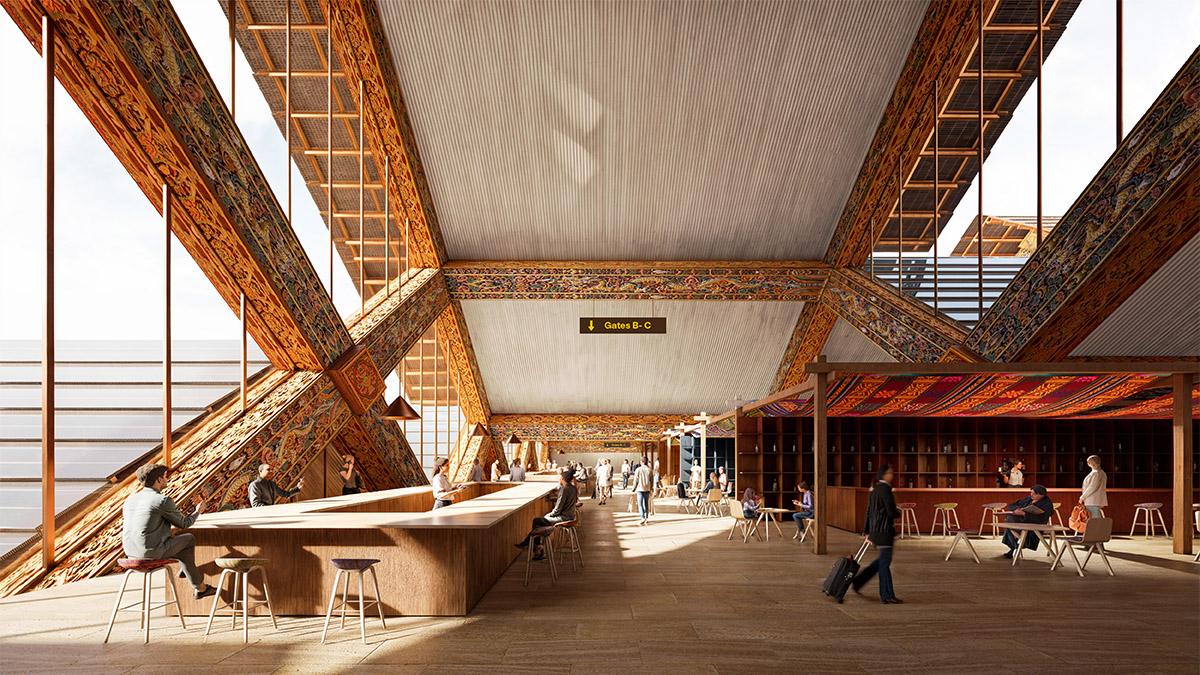
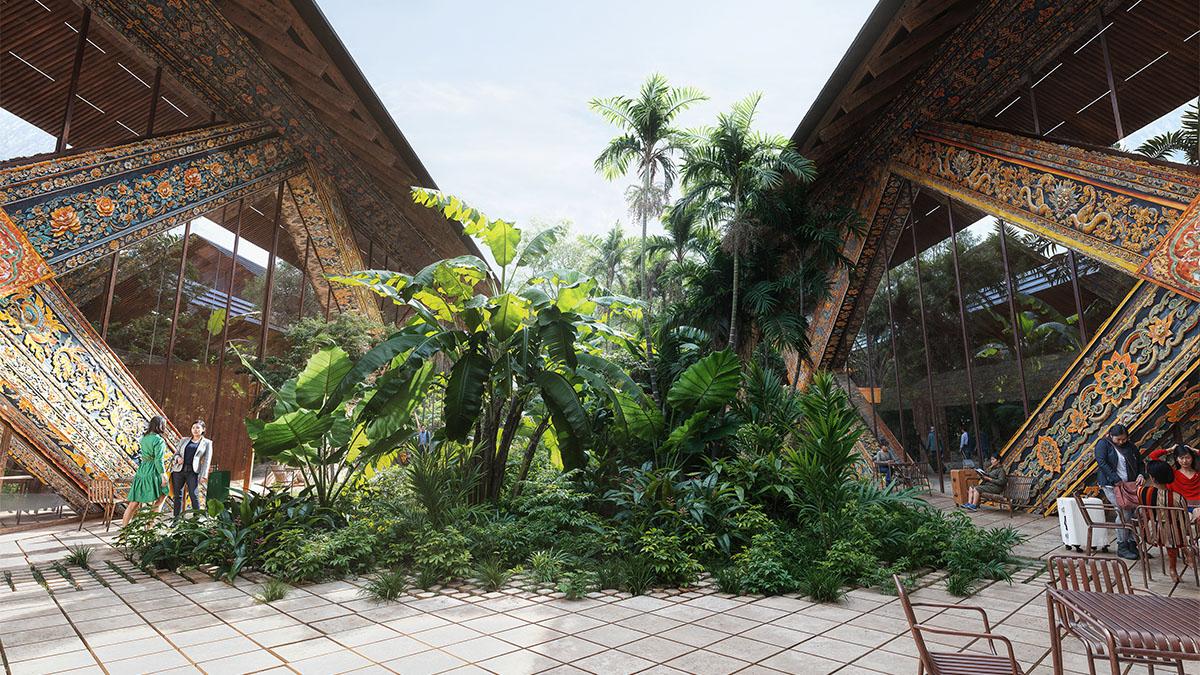
Extended roof overhangs will provide shade and protection from heavy rainfall. As Bhutan’s first major inland mobility hub, Gelephu Airport is also designed to promote public transportation—offering barrier-free, trackless trams and buses to connect the revitalized Gelephu city center with the rest of the country.
Pleasant Waiting Experience
The arrival zone blends harmoniously into the natural landscape and is divided into four areas, each themed around native plant species. The central gathering area will be designed to make waiting enjoyable: paved with natural local stone, interspersed with seating areas, lush greenery, and a protective canopy.
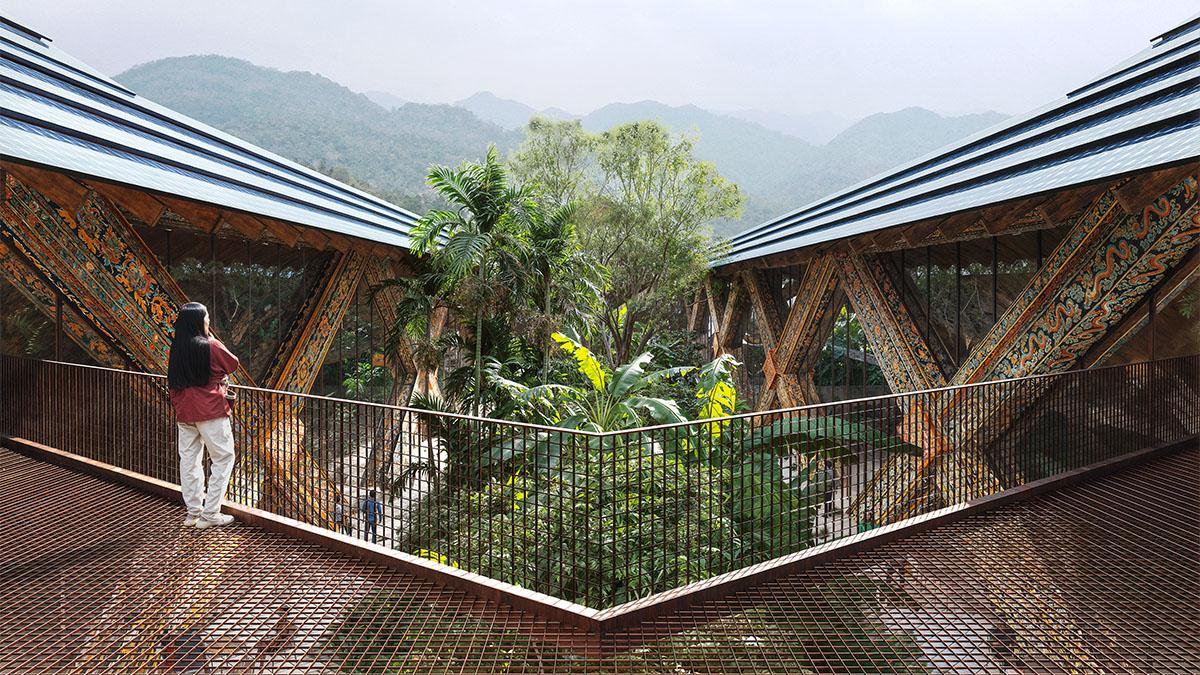
The airport will offer breathtaking views of the Himalayas. Its “Forest Spine”—a green courtyard bisecting the terminal into domestic and international zones—will be visible from throughout the facility. With tranquil greenery, a treetop walkway, and native fauna, it brings nature into the travel experience.
A Captivating Homage
Traditional Bhutanese woodcarvings extend into the building’s interior, offering visual delight at every turn. The airport serves as a tribute to Bhutan’s cultural heritage, celebrating local crafts such as Shing-Zo (carpentry), Par-Zo (woodcarving), Lha-Zo (painting), and Tshar-Zo (traditional weaving).
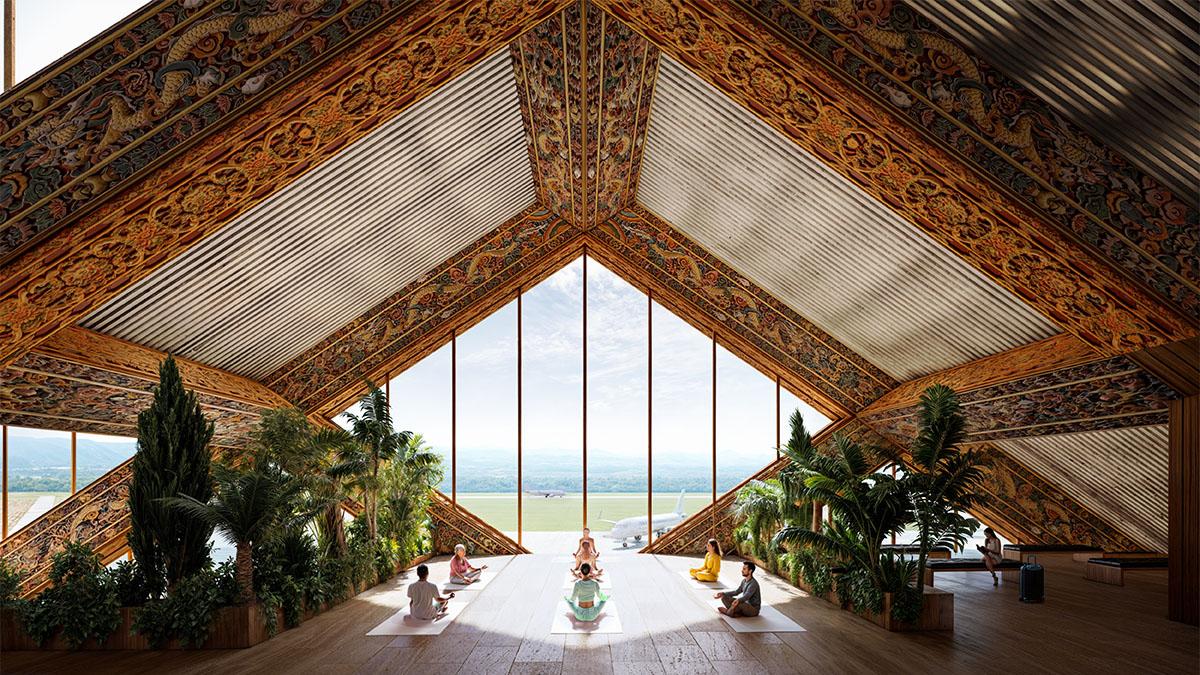
Dedicated spaces for meditation, yoga, and sound therapy will allow guests to unwind and recharge—honoring Bhutan’s values of happiness and well-being.
A Modern Embodiment of Bhutanese Culture
In addition to providing a superior passenger experience, the airport also prioritizes operational efficiency. Clear signage and intuitive pathways will guide passengers from arrival to boarding. Gates will be located on the upper level alongside retail and dining areas, offering expansive views of the airfield and surrounding mountains.
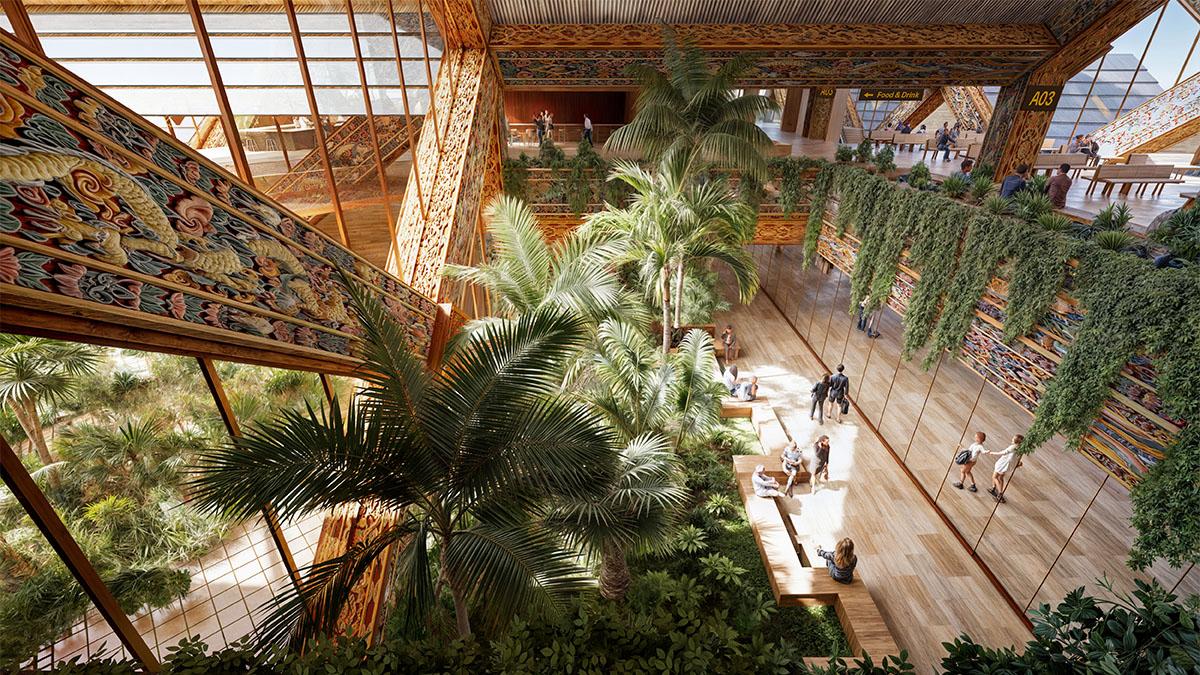
A Monumental Leap for a Small Kingdom
Bhutan’s King Jigme Khesar Namgyel Wangchuck explained the project’s importance:
“Our top priority for the next five years is to build a major international airport in Gelephu. It will establish Gelephu Mindfulness City as a key air transport hub and serve as a lifeline for Bhutan’s national security—especially for a landlocked country.”
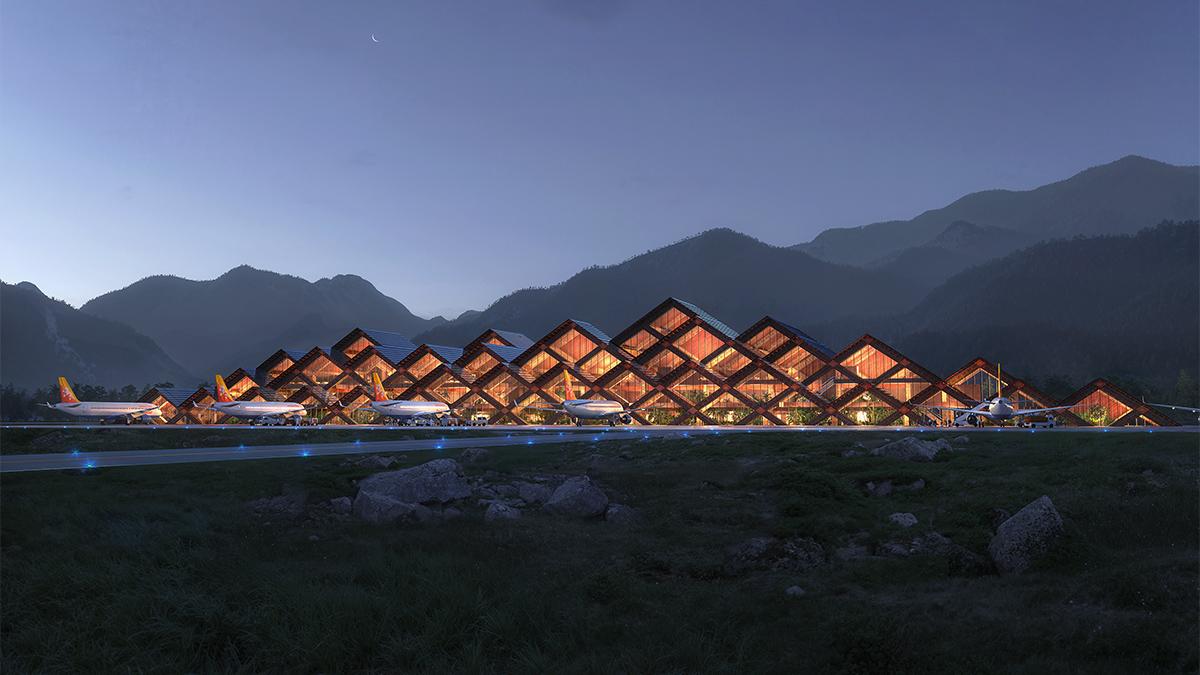
The Gelephu International Airport will not only serve as a gateway to Bhutan’s Mindfulness City—it will stand as a symbol of the country’s commitment to well-being, sustainability, and cultural preservation. For a small kingdom with a globally admired philosophy of Gross National Happiness, it marks a bold and inspiring step into the future.
Text: Elisabeth Schneyder
Bilder: BIG / White Ceiling


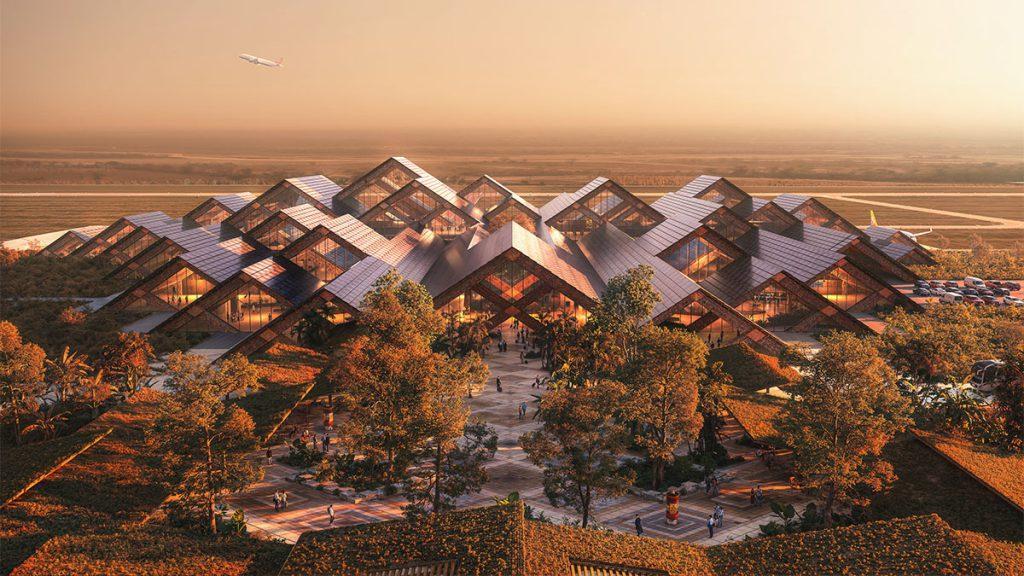
iThere are no comments
Add yours